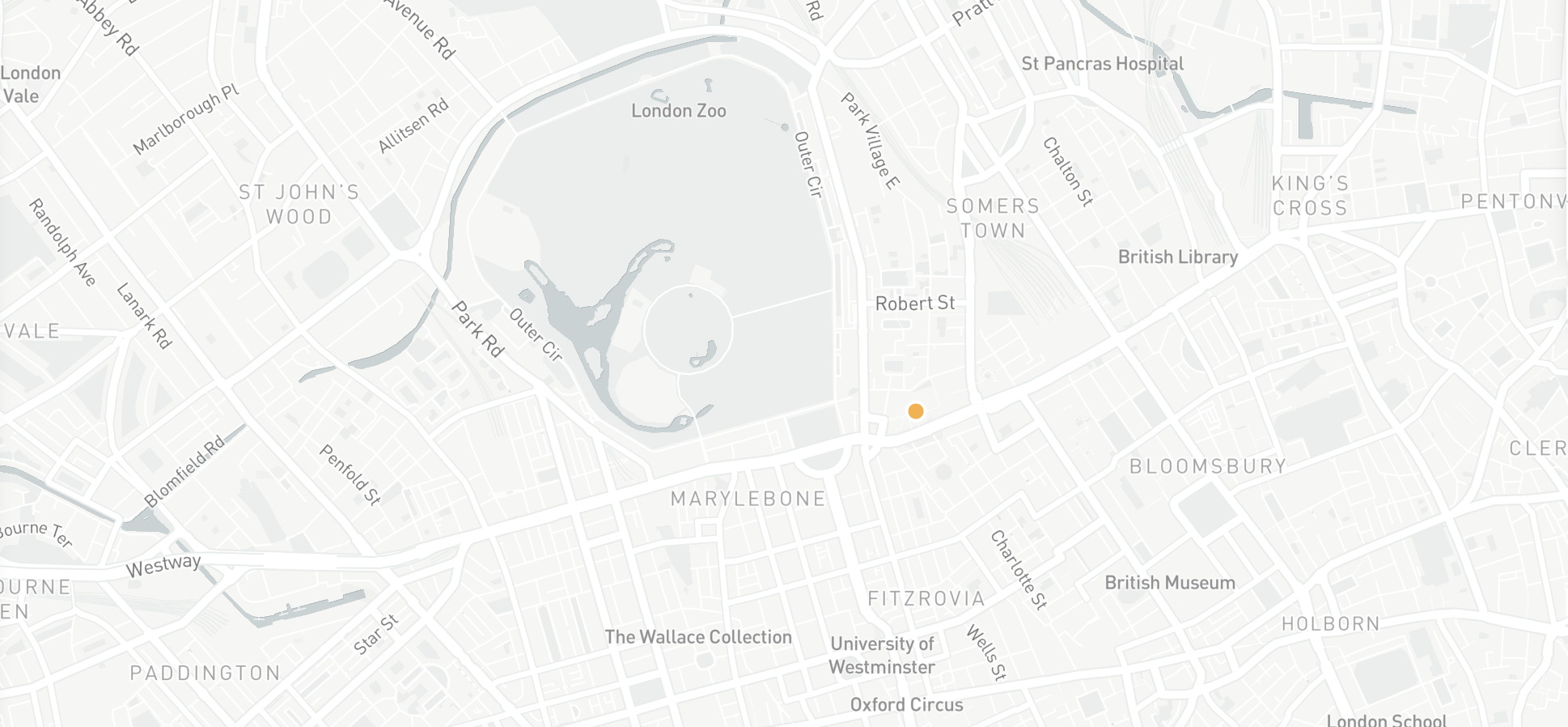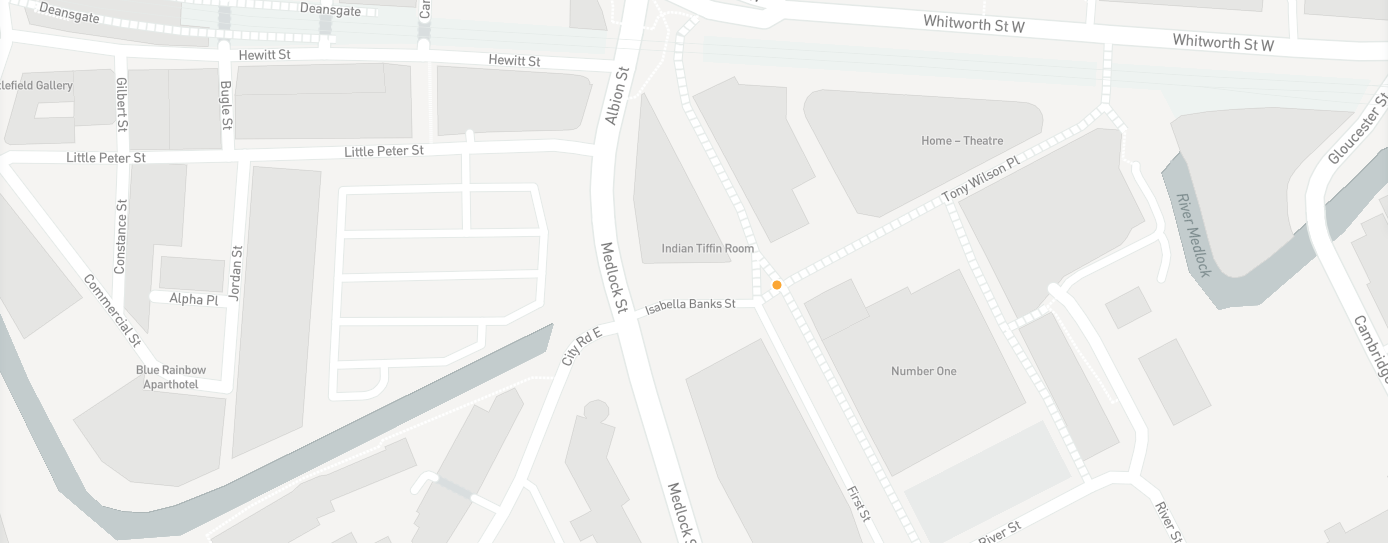In every team, in every workplace, there are various personalities and working styles that make up the manpower. It’s these differences that affect how we think about things, structure tasks, and complete our work.
Understanding these working styles can not only help us discover what suits our own approach, but it also allows us to become a better part of the team. And for managers, that means knowing how to balance these varying styles to optimise productivity and performance.
Here, we’ll look at the four main working styles in detail, along with some effective tips on how to work alongside and manage team members with different approaches to their work.
Quick links
- What is a working style?
- What are the four main working styles?
- How to determine your working style
- How to work and manage employees with different working styles
What is a working style?
Working styles aim to group employees into particular groups to maximise their productivity and enjoyment at work by playing to their strengths. Working styles take into consideration things like problem-solving and communication to assess how individuals can thrive in the workplace.

These working styles are important because they not only help employees gain a sense of satisfaction with their work, but they will likely produce better results for the business that they work for.
What are the four main working styles?
The four main working styles give a general view of how employees work, how they interact with others, and what motivates them to be better at their job. Let’s take a brief look at what the four main styles are.
Logical
Also known as drivers or doers
What does a logical working style look like?
Logical workers love to tackle problems head-on. Data-driven and results-oriented, they rarely shy away from a challenge. Because of their linear ways of thinking, they can complete tasks and achieve their goals with unwavering focus.
Because they’re so eager to get started, logical workers can sometimes forget to communicate what they’re doing to others. And if something requires a great deal of preparation, then drivers tend to downplay the importance of planning.
Logical thinkers are generally results-driven, expecting coworkers to waste no time during projects so that they can deliver work without delay.
Detail-oriented
Also known as guardians or learners
What does a detail-oriented working style look like?
Cautious and pragmatic, you can identify a detail-oriented worker by their strategic and organised approach to work. A key player on any team, they create a sense of order and stability that allows others to thrive. And because they’re so focused on the details, they’re great at understanding problems.
However, a guardian’s risk-averse nature means they’re slower to adopt new ideas and suggestions, preferring to think things through before forging ahead with something they’re unfamiliar with.
For example, a detail-oriented worker might prefer to stick with old, less efficient processes rather than invent a new way of working. However, by sticking to the old methods, their work produces very few mistakes, with consistently reliable results.
Supportive
Also known as: integrators or lovers
What does a supportive learning style look like?
Concerned with consensus above all else, supportive workers are the diplomatic glue that keeps the team together. Driven by building relationships, their desire to create harmony amongst other people on a team makes them natural collaborators.
Their empathetic nature keeps communications clear and transparent, allowing them to understand the true context of situations that arise. Basically, if you want to know how others on your team are really feeling, the integrator will let you know.
They may also act as a middle ground between detail-oriented or logical workers, always being on hand to offer a helping hand to colleagues or clients.
Idea-oriented
Also known as pioneers, leaders or big-picture thinkers
What does an idea-oriented learning style look like?
In contrast to guardians, idea-oriented workers are all about taking risks, sparking creativity, and inspiring others to believe in their vision. Thriving on possibilities, the pioneer doesn’t see roadblocks, just new opportunities.
However, they have a tendency to get wrapped up in the bigger picture. And this pie-in-the-sky thinking means they might sometimes overlook the details of how to get there. They’re also prone to forgetting to check in with others on their team.
Idea-oriented workers are generally great problem-solvers because of their ability to think outside the box. They can see the wider picture better than they can see the smaller details, which is why pairing them with detail-oriented workers is essential for balance.
How to determine your working style
If you’re looking to determine your working style, there are a few ways you can do it.
Take a personality quiz
There are plenty of personality quizzes online that will tell you your working style based on your answers to particular questions. Take two or three from different sites just to be sure.

Review how you’d feel during certain scenarios
Scenarios like group projects can bring out very different reactions and ways of working depending on your working style. For example, are you someone who would rather focus on the details of the project or the big picture? Would you rather come up with new ways of working or stick to the tried and tested methods?
All of these questions will help you to assess your working style. It might also help to have this conversation with a manager or colleague, because they may have a more objective view of your working ways.
How to work and manage employees with different working styles
Now that we’ve identified the different working styles, it’s time to learn how to effectively use this information to make your team a more effective one.
Be flexible with other styles
When it comes to your peers, it’s important to be flexible, as this lets you respect and value what the rest of your team brings to the table.
A large part of being flexible is recognising you may not have everything you need to succeed. Remember: there’s no I in team.
And while most people prefer working with someone like themselves, the melting pot of different styles tends to create better results.
Play to their strengths
When you’re assembling a team for a project, look at how you can get the best from your selection. How can you help each working style thrive?
For instance, the detail-oriented personnel on the team prefer an agenda and need time to process things before making decisions. Meanwhile, idea-oriented workers look to opportunity – why not allow them to take the lead on the project?

Elsewhere, logical types want to get stuck in as soon as possible, while the supportive workers will want to collaborate on ideas and ensure everyone is on the same page. When a project needs completing, what tasks are you going to give everyone, and when are you going to bring them aboard?
Be clear about expectations
The success of your team is directly linked to setting expectations.
When you begin a project, get the team together so you can discuss how your objectives and goals relate to the company’s values and vision. In your discussions, make it clear how each person’s role supports the goals of the project.
The result might look different to each person because of their different ways of working. As their manager, you should make sure they understand their roles, provide feedback along the way, and support them (or let them go it alone) if they need it.
Click here for the latest news and features from SEFE or visit our homepage to find out about our latest career opportunities.
The views, opinions and positions expressed within this article are those of our third-party content providers alone and do not represent those of SEFE. The accuracy, completeness and validity of any statements made within this article are not guaranteed. SEFE accepts no liability for any errors, omissions or representations.







